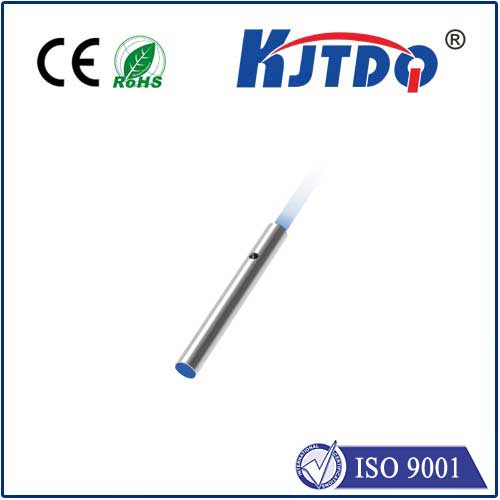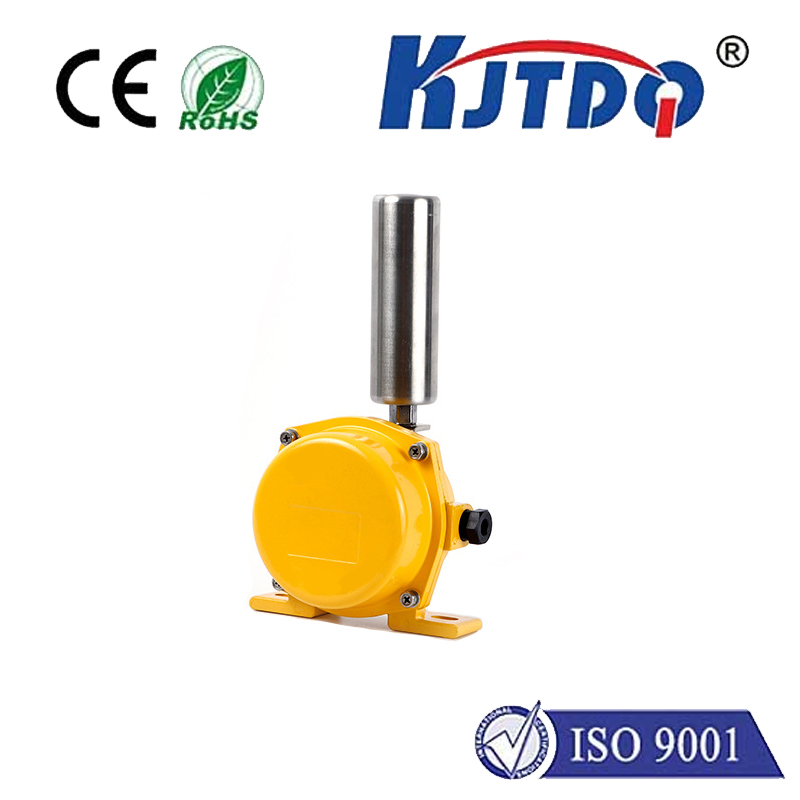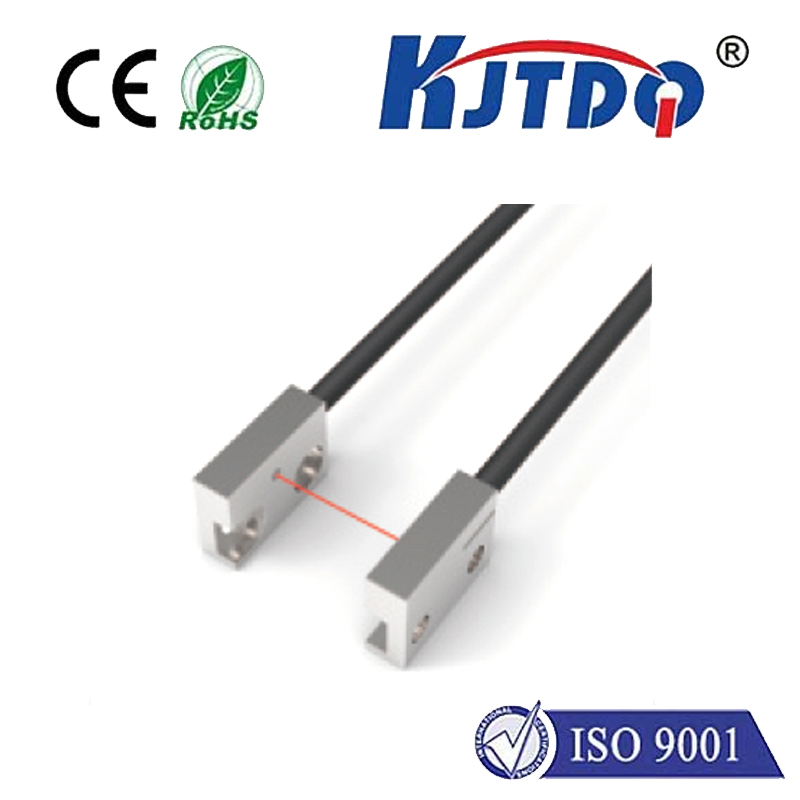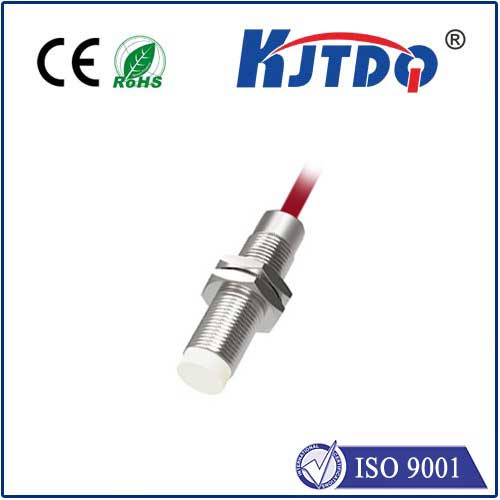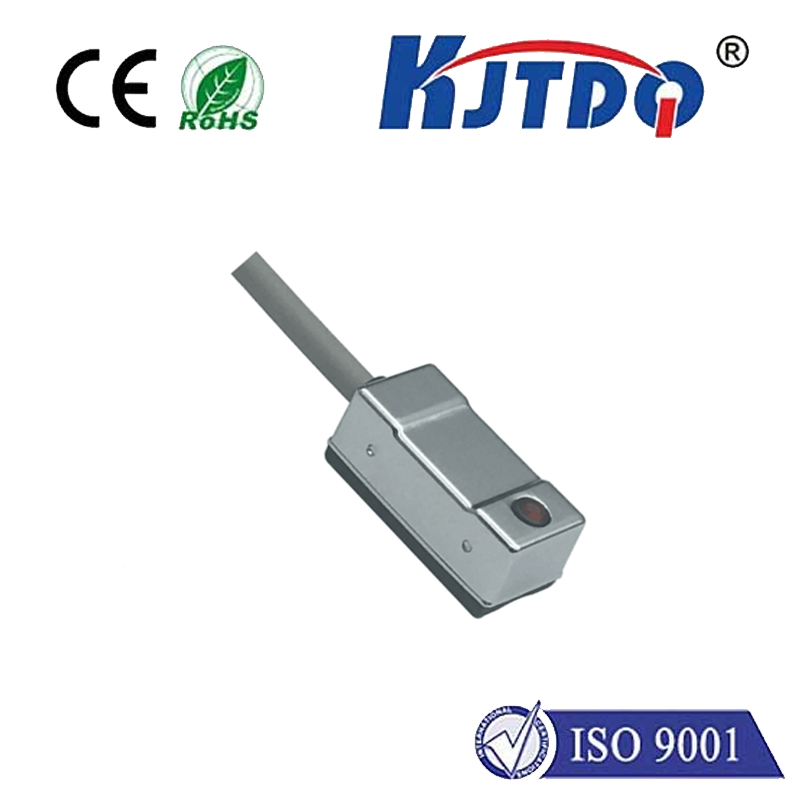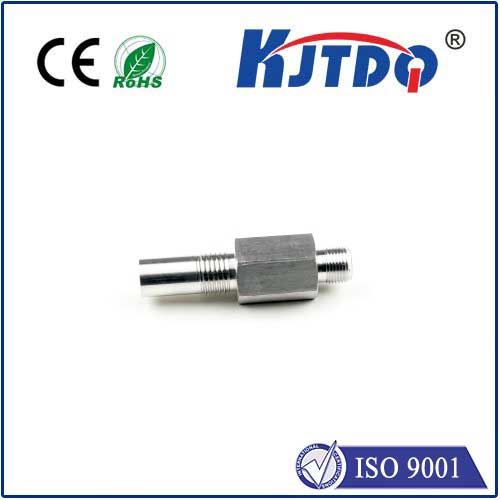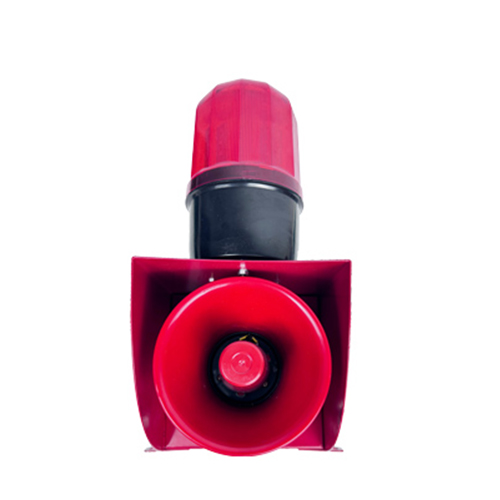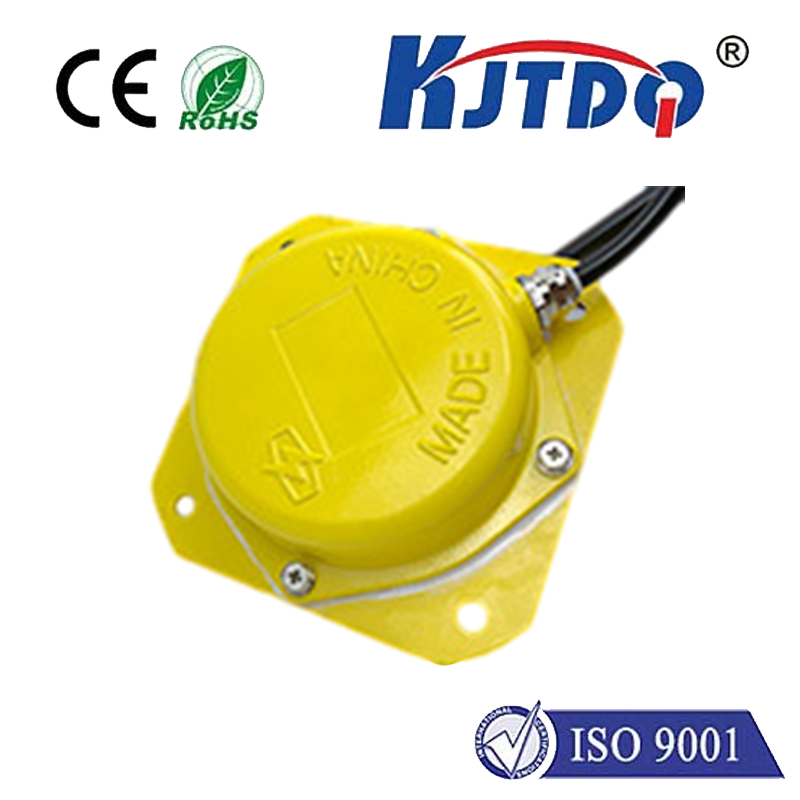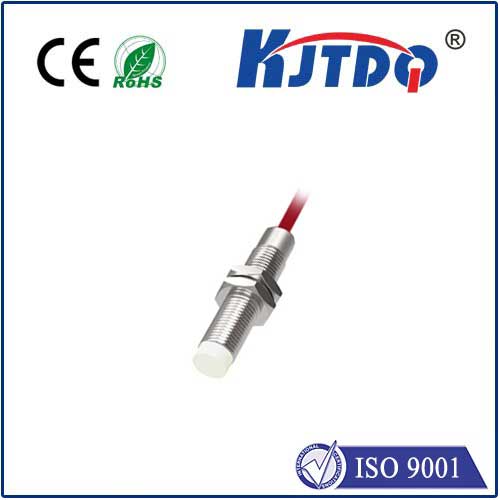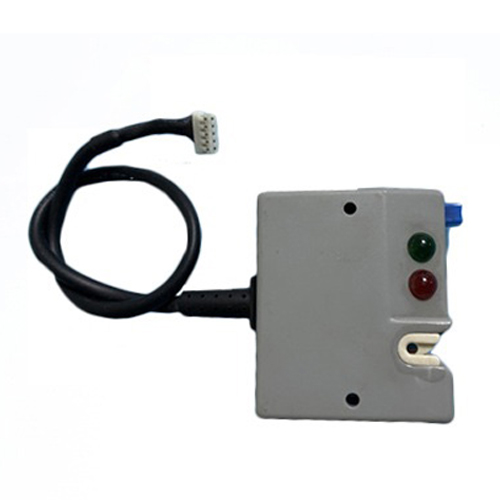

check

check

check

check

check

check

check

check

check

check
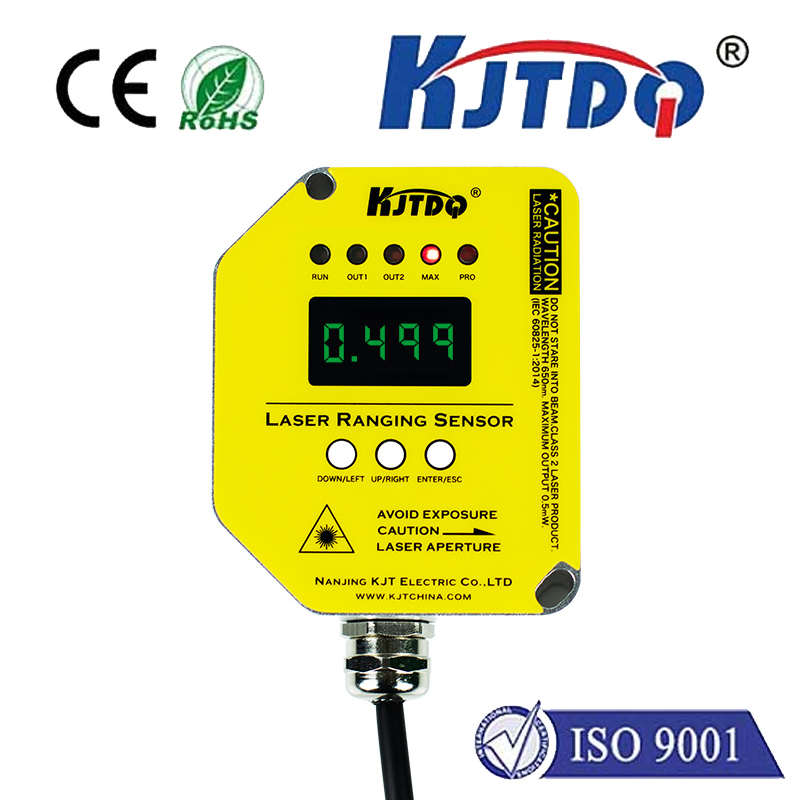
First, let’s understand the ranging principle of the laser ranging sensor. Laser ranging sensors use the time of flight of laser light to measure distance. When the laser is emitted from the sensor and reflected back to the receiver, the round trip time of the laser is calculated and the distance to the target object is then calculated using a formula. Therefore, the accuracy of the laser ranging sensor depends on the round-trip time of the laser signal and the accuracy of the signal processing algorithm.
Generally speaking, the measurement accuracy of laser ranging sensors can reach about ±1m or ±0.5m. The general error of domestic products is 2-5mm, and the error of imported products is 1-3mm. In special application functions and calculations, such as Pythagorean measurements and tracking modes, other valid but less accurate ways of measuring may exist. Among them, the error of the phase laser ranging sensor is 2-5mm, and the error of the pulse laser ranging sensor is at the cm level.
There are many factors that affect the accuracy of laser ranging sensors, such as measurement environment, measurement distance, measurement speed, etc. In a measurement environment, there are many factors that affect the accuracy of laser ranging sensors. For example, in environments such as high temperature, low temperature, moisture, corrosion, etc., the performance of the laser ranging sensor may be affected, resulting in distorted or inaccurate measurement results. In addition, when the measurement distance is long, errors in the measurement results will also occur due to factors such as attenuation and scattering of the laser signal.
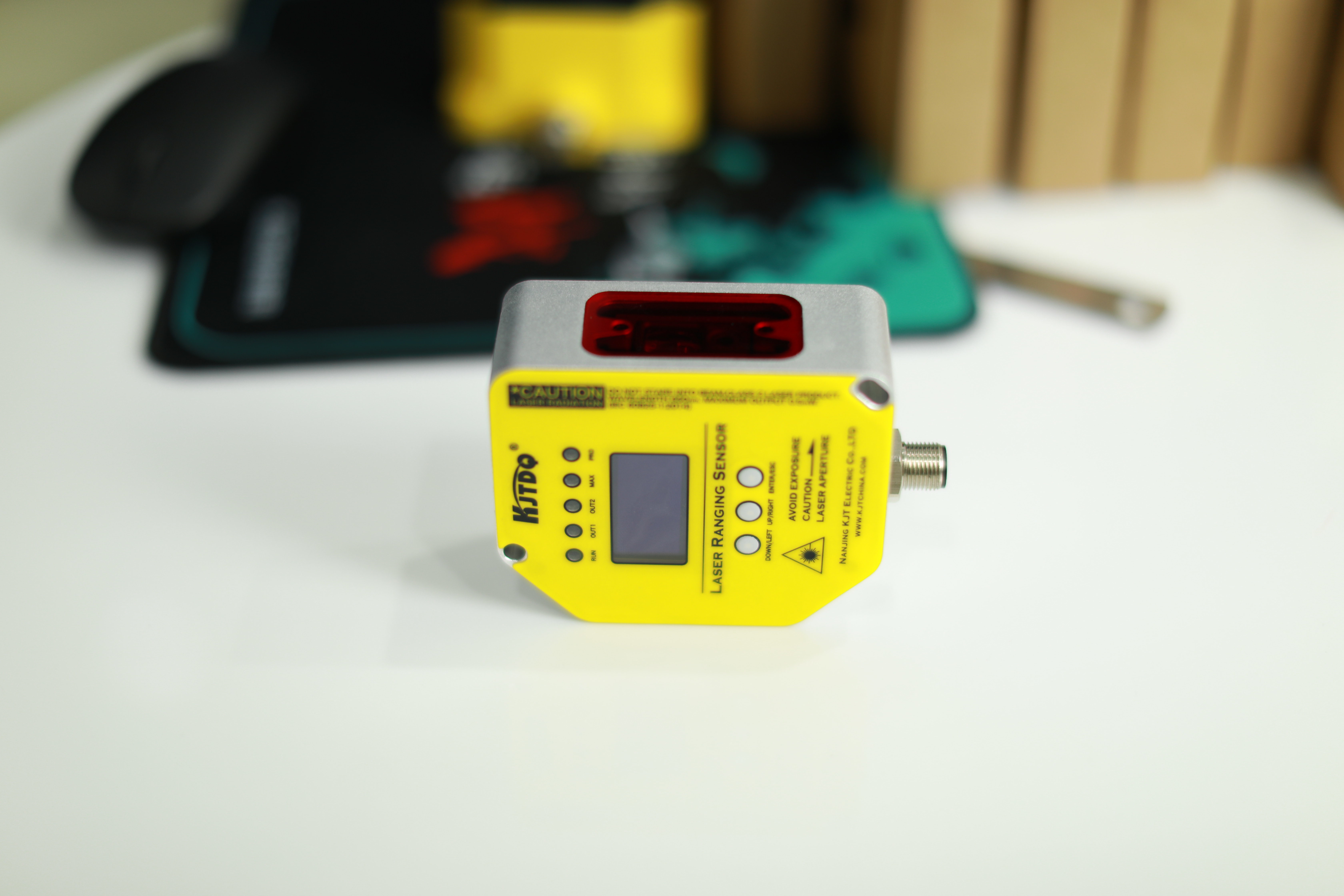
So how to improve the accuracy of laser ranging sensors?
First, we need to choose a high-quality laser ranging sensor and ensure that it meets our actual needs and application scenarios.
Secondly, we need to calibrate and debug the sensor to ensure its measurement accuracy. When calibrating, we need to place the sensor at a standard distance and use a standard ruler or reflective plate for calibration.
When the calibration is complete, we can use the sensor to take measurements.
